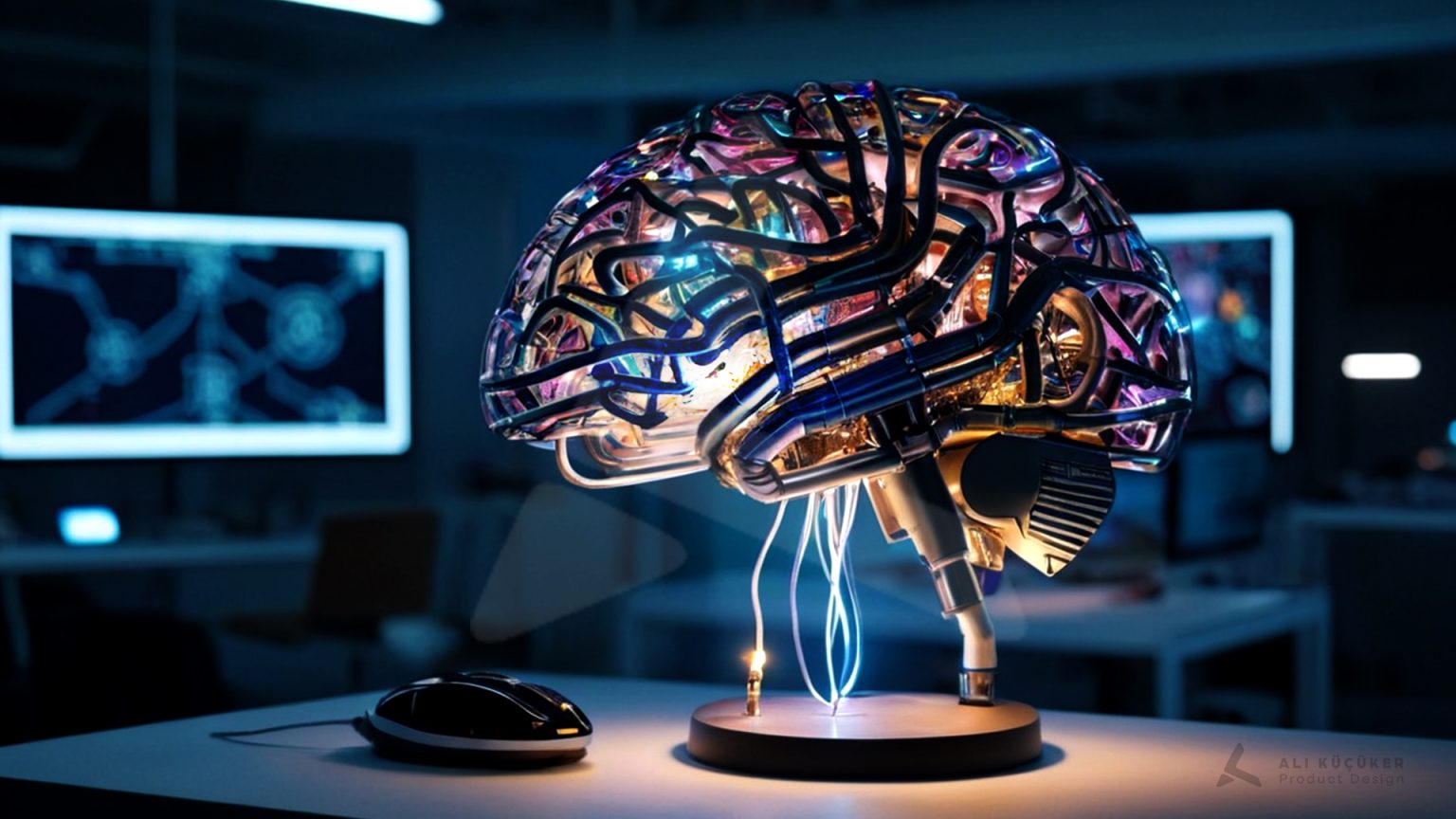Sepetinizde ürün bulunmuyor.
How AI Supports and Limits Industrial Product Design
Artificial intelligence (AI) has become a revolutionary technology in industrial product design in recent years. Its ability to speed up design processes, help develop creative ideas, and make user experience predictions has made AI a catalyst in the world of design. However, behind every advantage lies potential risks and limitations. So, how does AI support industrial designers, and at the same time, limit their abilities?

Contributions of AI to the Design Process
Increased Speed and Efficiency: AI accelerates design processes by automating routine tasks. It can perform complex analyses and allow designers to focus on more creative processes without wasting time. For example, AI-based software optimizes rapid prototyping processes, enabling designers to generate more ideas.
Impact on Creativity:
Since AI works through algorithms, it may be limiting for some designers. While AI supports creative processes, a system that operates solely on algorithms might negatively affect original thinking. Designers may find themselves restricted to the limited options presented by AI, leading to a loss of originality.

Reduction of the Human Factor:
Industrial product design is a process based on human touch. While AI reduces manual labor by minimizing human effort, it may dull human perspective and intuitive decision-making. As a result, AI-generated designs may be confined to specific patterns, replacing originality with machine logic.
Ethical Concerns and Workforce Issues
The widespread use of AI may cause designers to worry about job security. With automation taking over much of the design process, the need for human labor might decrease. Additionally, the ethical aspects of how AI is used remain a debated area.
Conclusion: Finding the Balance
While AI offers great opportunities in industrial product design, it also comes with limitations that require careful attention. Balancing the advantages offered by AI with human creativity and originality will be key to success in the future of the design world…
Share Your Thoughts on Industrial Design
Contribute to the industrial design community with your industry-shaping ideas and analyses.
